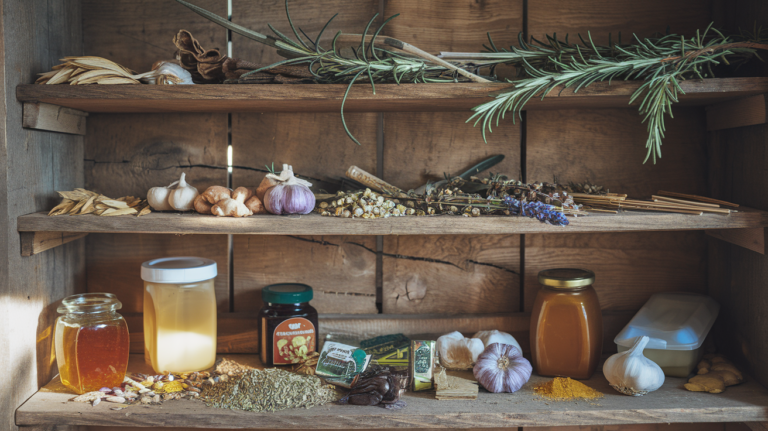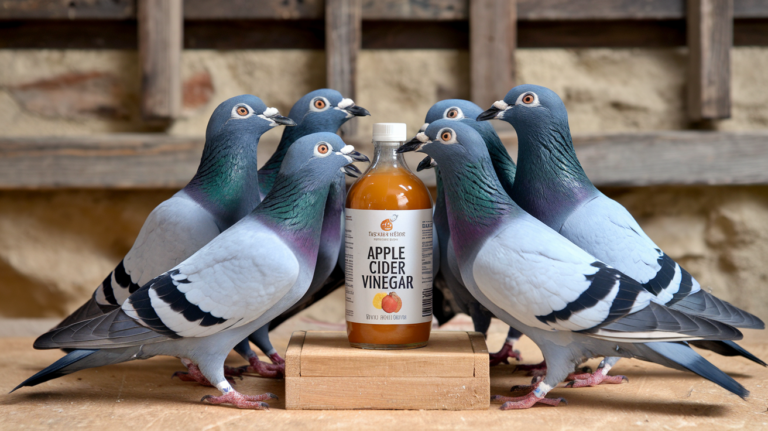
When it comes to pigeon racing, keeping your birds in peak health is just as important as their training. Even the slightest illness can drastically impact performance, making disease prevention a top priority for any serious pigeon fancier. While there are many potential health issues, some pigeon racing diseases are particularly concerning and must be actively managed to ensure a successful race season. Let’s break them down and discuss how to prevent and treat them effectively.
1. Respiratory Infections (Ornithosis Complex)
One of the most common pigeon racing diseases is respiratory infection, often referred to as Ornithosis Complex. Unlike severe respiratory diseases that cause coughing and excessive mucus, this condition can be subtle, yet it significantly affects performance. Since a pigeon’s respiratory system is closely integrated with its entire body, even mild infections can be detrimental.
Signs to Look For:
- Excessive tearing in the eyes
- Small bubbles forming in the corner of the eye when you press the wattle
- A faint “puff” sound when the pigeon breathes, noticeable when holding the beak close to your ear
Treatment & Prevention:
To stay ahead of respiratory infections, treat your pigeons 20 days before the racing season and then for 3 days at the start of each week during the season. A recommended medication combination is:
- Tylan (2,500 mg/gallon) + Doxycycline (750 mg/gallon)
Since pigeons can contract infections while in transport baskets, preventative treatment is crucial.
2. Coccidiosis
Coccidiosis is another performance-killing disease that often goes unnoticed. Unlike some European veterinarians who only treat severe cases, many experienced pigeon fanciers believe even a mild infection can spiral out of control under racing stress.
Why It’s a Problem:
- Coccidia levels fluctuate daily, making it easy to misdiagnose.
- Some pigeons carry a heavier load than others, and a few infected birds can quickly spread it throughout the loft.
- Left untreated, it multiplies rapidly as birds endure the stress of training and competition.
Prevention & Treatment:
- Scrape the loft daily to prevent coccidia from maturing in droppings.
- Use Sulmet (1 tbsp/gallon) or Baycox (if available) to keep it under control.
3. Canker (Trichomoniasis)
Canker is caused by a microscopic parasite called Trichomonas. While many assume they can spot canker by looking for yellowish lesions in the mouth, the truth is that even pigeons without visible signs can suffer from internal infections that reduce performance.
Treatment Plan:
- Treat birds before the racing season and for 2-3 days every other week during the season.
- Effective medications include:
- Emtryl (¼ – ⅜ tsp/gallon)
- Ridsol (¾ tsp/gallon)
- Spartrix (must be given individually)
4. Haemoproteus (Blood Parasites)
This blood parasite spreads through pigeon flies and leads to anemia and weakened performance. While it doesn’t transfer from bird to bird directly, controlling the flies is essential.
How to Combat It:
- Treat pigeons 2 weeks before the season and then for 2 days each week throughout the race season.
- Use Atabrine (200 mg/gallon) – available through some pigeon veterinarians.
5. Pigeon Pox
A viral disease common in young birds, Pigeon Pox presents as raised, scabby yellow lesions, typically found on featherless areas like the beak, legs, and eyes.
Prevention:
- Vaccinate at least 6 weeks before race season. Recommended vaccines:
- Maine Biological Vaccine
- Belgian Pox Vaccine
- Use a simple needle-prick vaccination method for fast and effective application.
6. Paramyxovirus (PMV)
PMV is a highly contagious viral disease that can devastate an entire loft if racing pigeons are not vaccinated. It primarily affects the kidneys, causing excessive thirst and wet droppings. In severe cases, it can lead to neurological issues like twisted necks and loss of coordination.
The Only Protection:
- Vaccination is a must. Use the Maine Biological Injectable Vaccine for long-term immunity.
- If an outbreak occurs, provide supportive care and hand-feed affected birds until they recover.
7. Paratyphoid (Salmonella)
This bacterial infection is notorious for causing sudden deaths, joint infections (dropped wings or lameness), infertility, diarrhea, and weight loss.
Treatment & Prevention:
- Use Baytril (250 mg/gallon) or Cipro (500 mg/gallon) for 10-14 days.
- Keep rodents out of the loft, as they are major carriers of salmonella.
- Vaccination is available and recommended, especially for lofts with previous infections.
8. E. Coli Infections
E. Coli is often mistaken for salmonella since both cause similar symptoms. This bacteria is a common secondary invader, thriving when pigeons are already stressed or battling other diseases.
How to Handle It:
- Get a culture and sensitivity test to determine the best antibiotic.
- Focus on controlling other diseases (canker, coccidia, respiratory infections) to reduce susceptibility.
9. Worms (Internal Parasites)
Pigeons can carry multiple types of worms, including roundworms, capillaria, tetrameres, and tapeworms. A worm infestation can lead to malnutrition, reduced stamina, and overall poor race performance.
Treatment:
- Ivermectin (0.1 cc per bird, orally) for most worms.
- Droncit (¼ cat pill per bird) for tapeworms.
- Scrape the loft daily to prevent reinfection.
Final Thoughts
Keeping racing pigeons health in top performance requires proactive care, regular treatment, and strict loft hygiene. While some pigeon racing diseases can be treated, prevention is always the best approach. Vaccination, timely medication, and proper loft management will help keep your birds in peak condition, giving them the best chance to win races!








